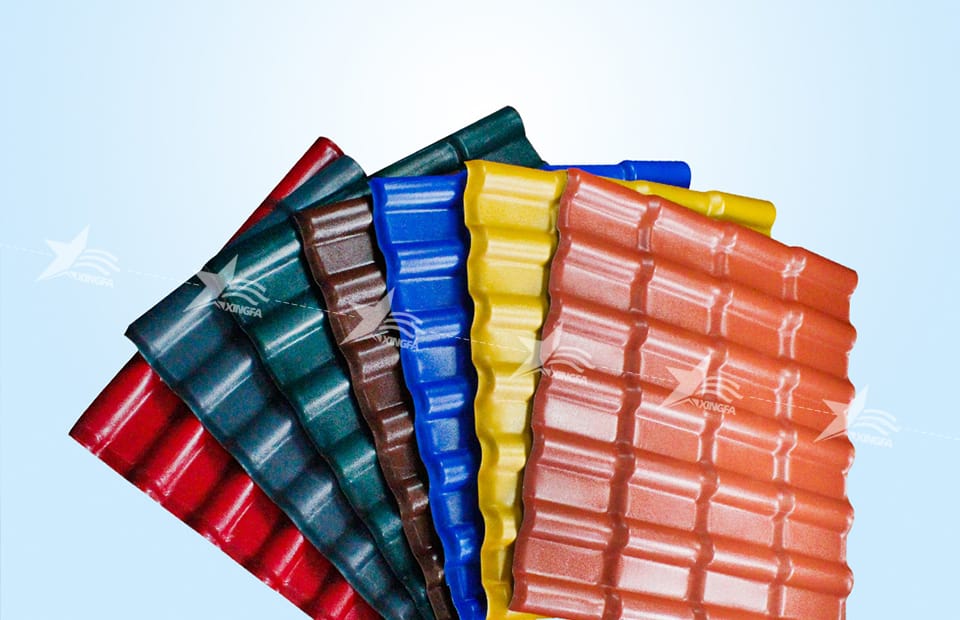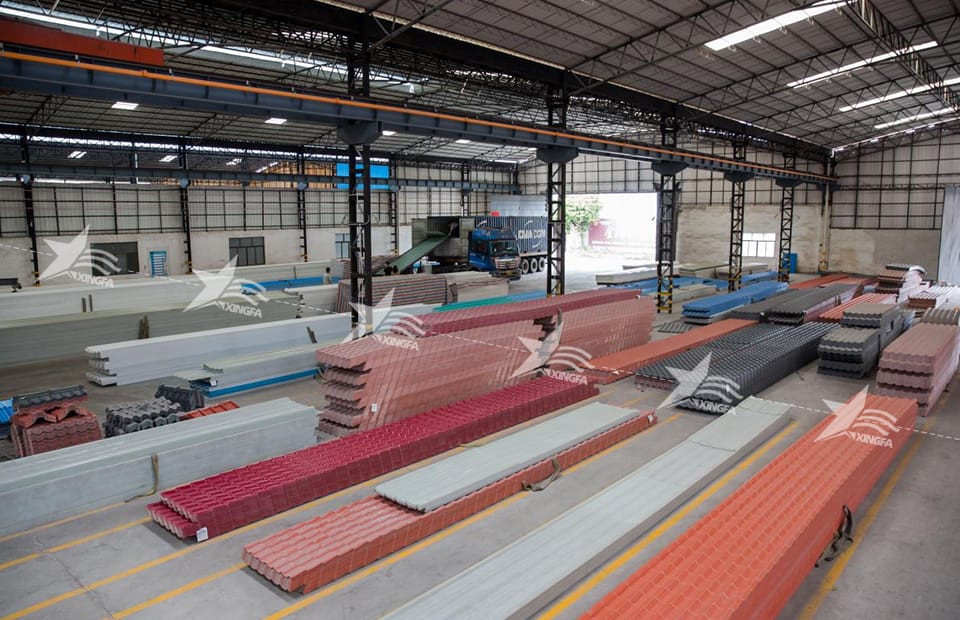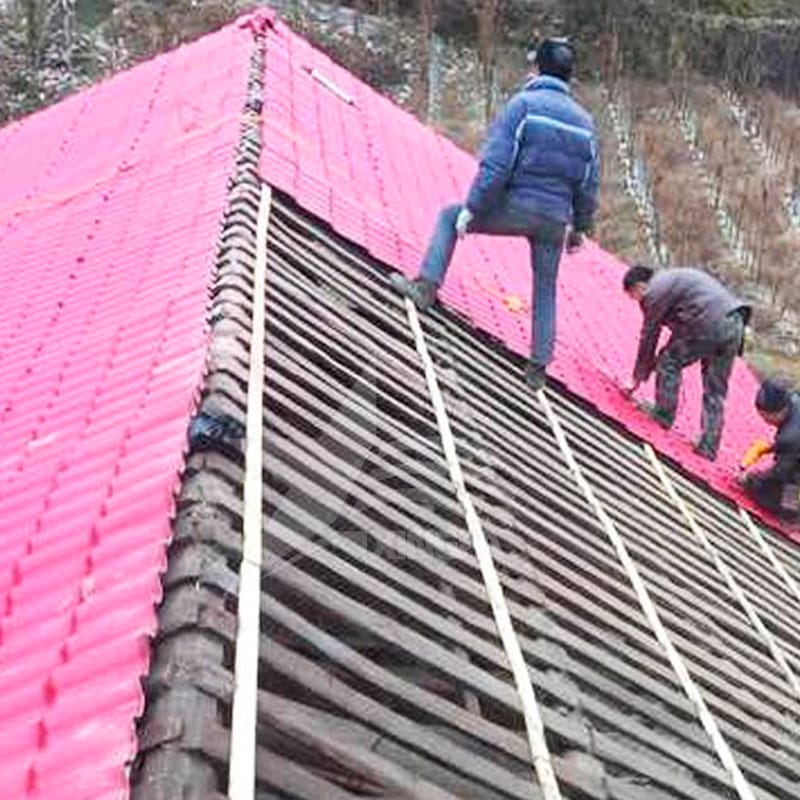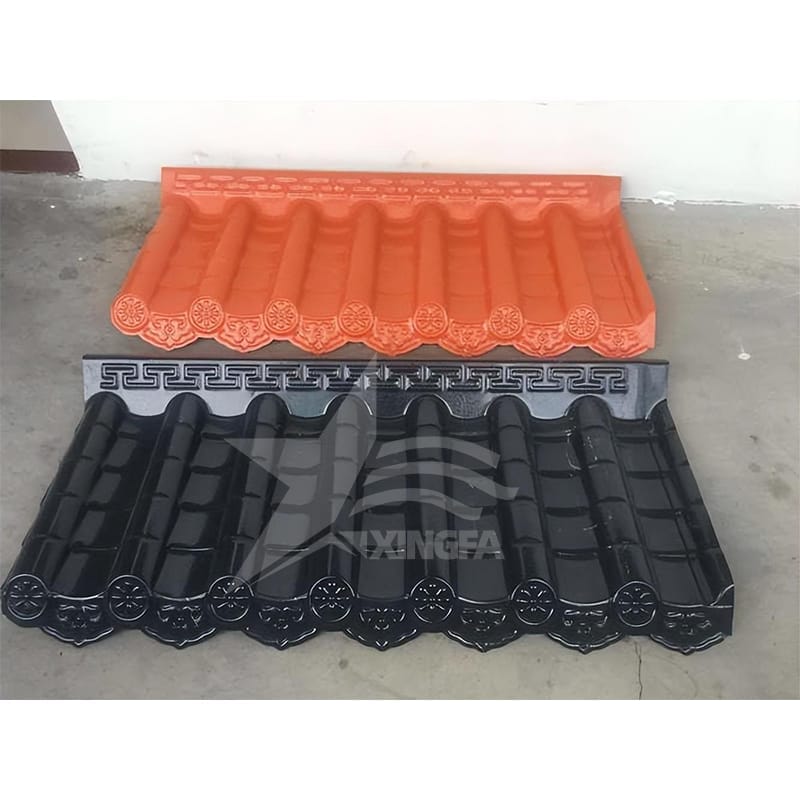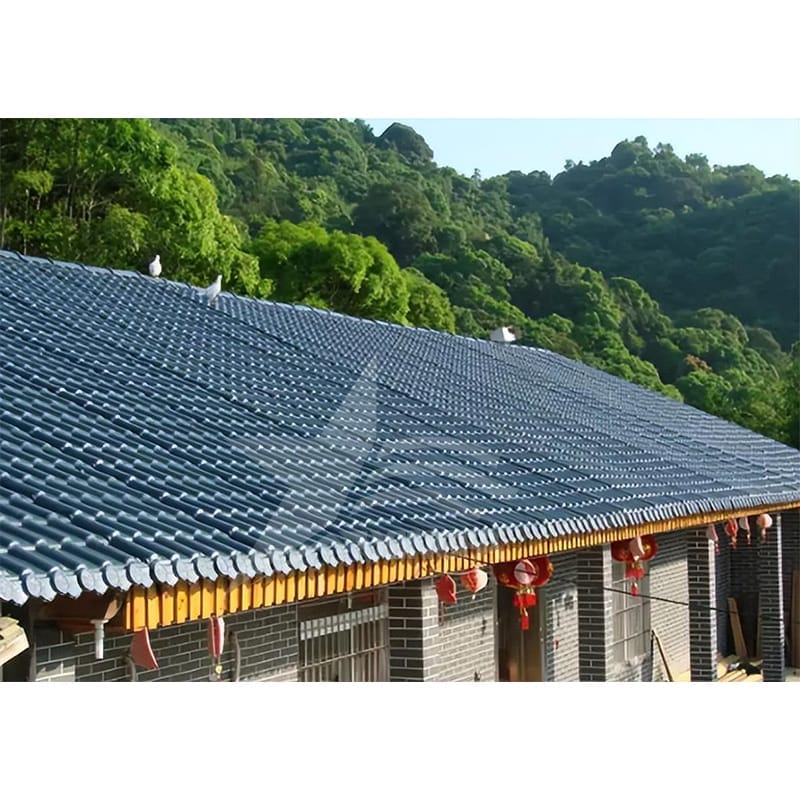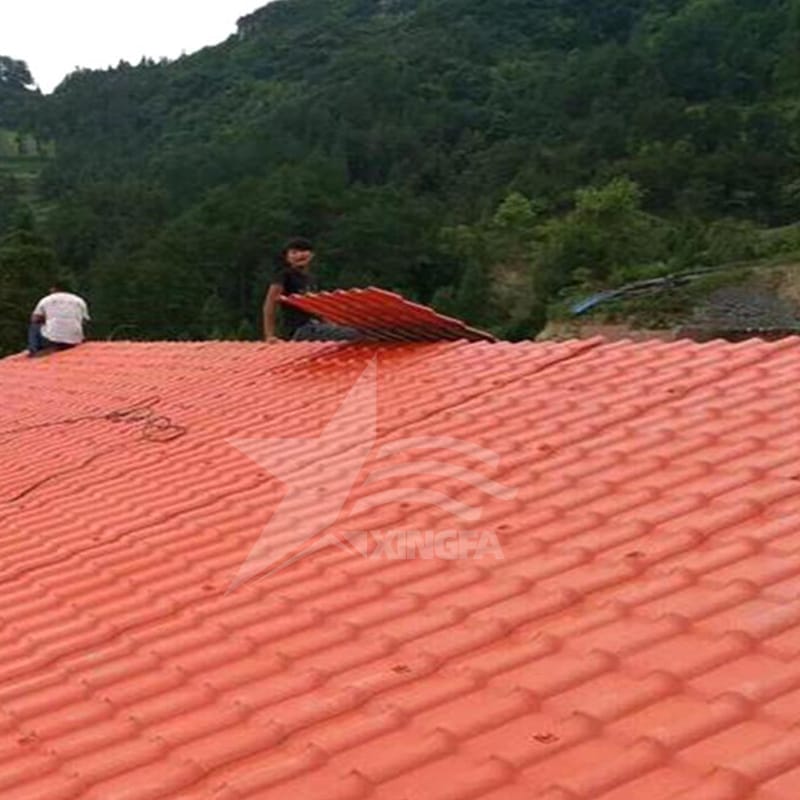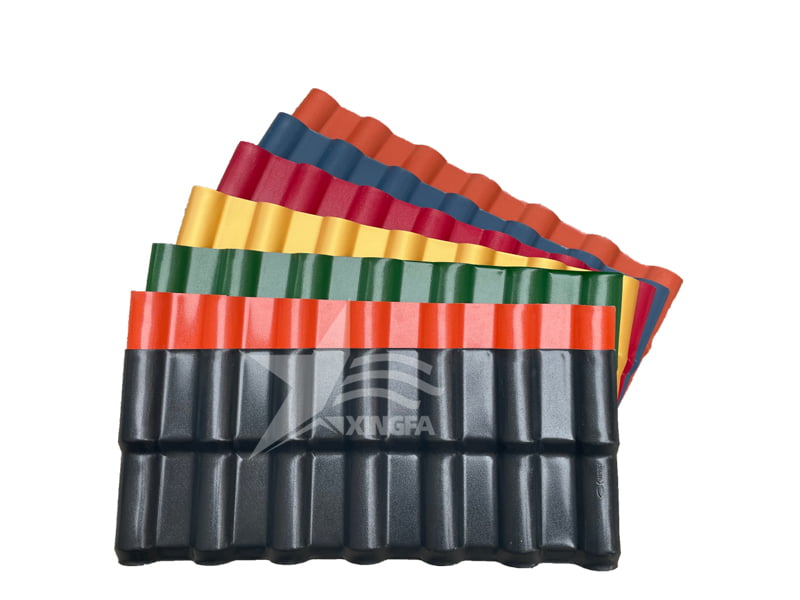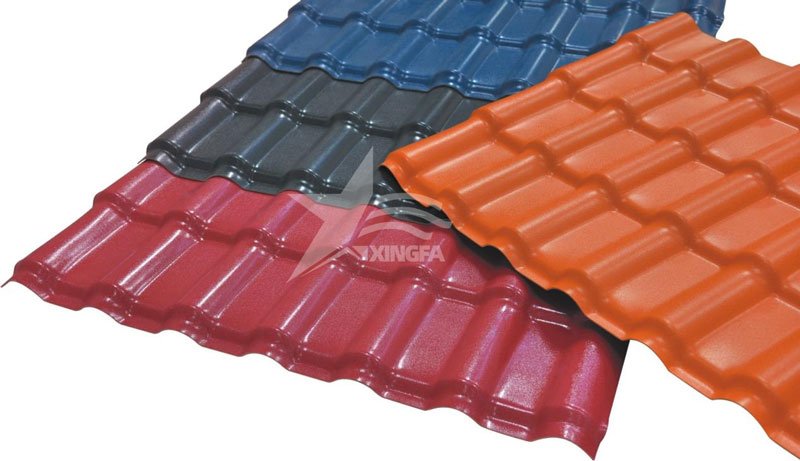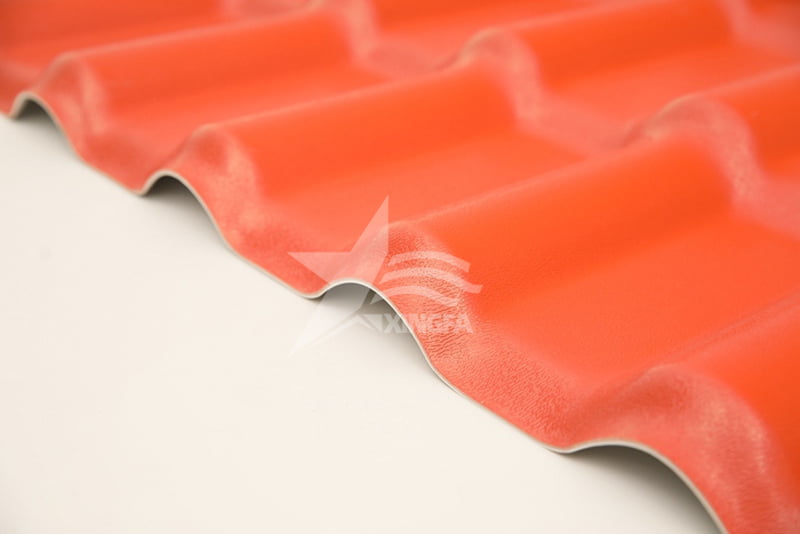As an innovative building material, the resin tile dates back to the early 20th century in Germany. After years of research and development, resin tile continuously improve its performance and manufacturing process, become a popular roofing material.

At the time, a German chemist named Beckeland and his assistant launched a study of synthetic resin. Their initial goal was to find an insulating paint that could replace natural resins. After three years of hard work, they succeeded in producing a synthetic plastic material called phenolic resin (Bakelite), also known as “electric wood” or “rubber wood”. The discovery of phenolic resin marked a major breakthrough in synthetic resin materials. The new material has the advantages of plasticity, chemical resistance and heat resistance, making it a very widely used material in construction and other fields.
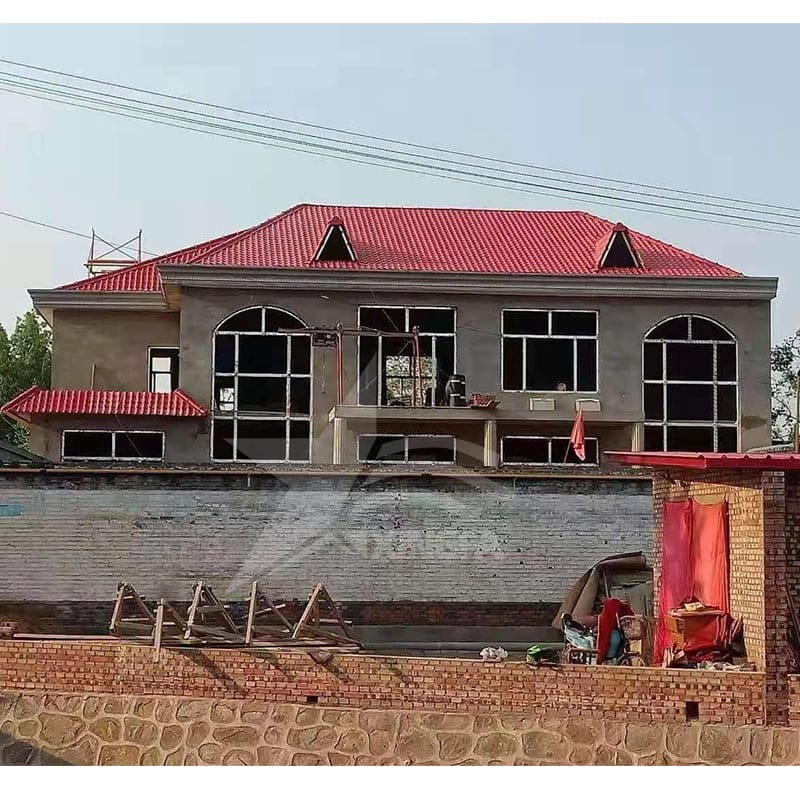
Over time, greater progress has been made in the research and development of resin tiles. In the early 21st century, a Chinese manufacturer took the west tile and glazed tile as the inspiration to realize the assembly line production of resin tile through the co-extrusion technology. Initially, the multilayer co-extrusion technology was adopted, and later, the surface coating (ASA film) technology was applied, which significantly improved the resin tile in color richness and durability.
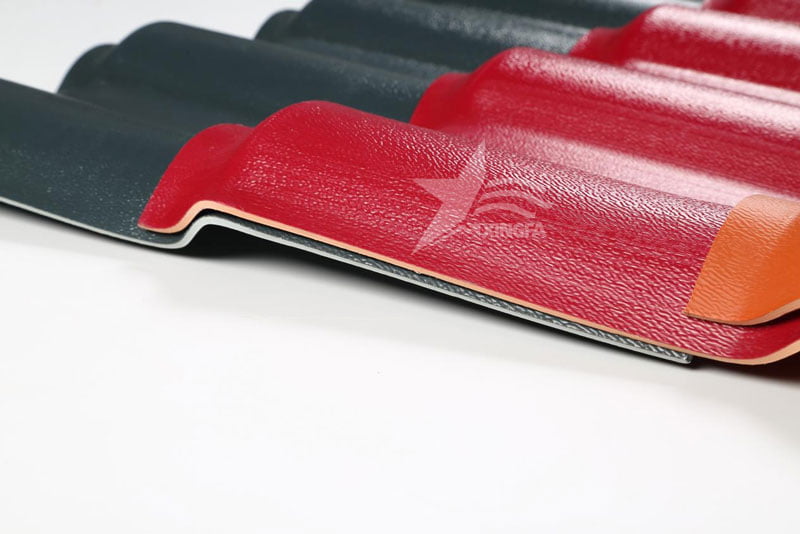
Nowadays, resin tiles have become a common roofing covering material. Its light, durable, durable and rich color choices enable it to be widely used in modern architecture. Whether a residential, a commercial or an industrial building, the resin tile offers a reliable roof solution.

